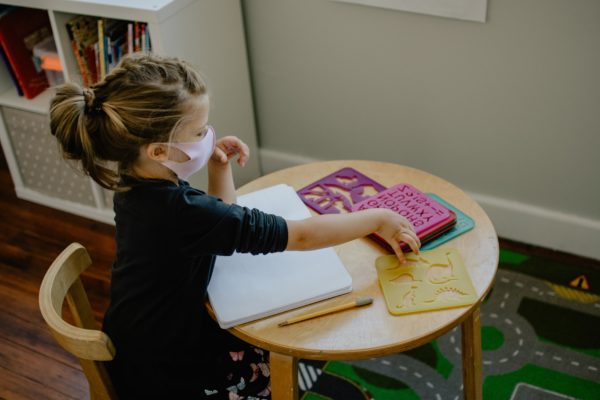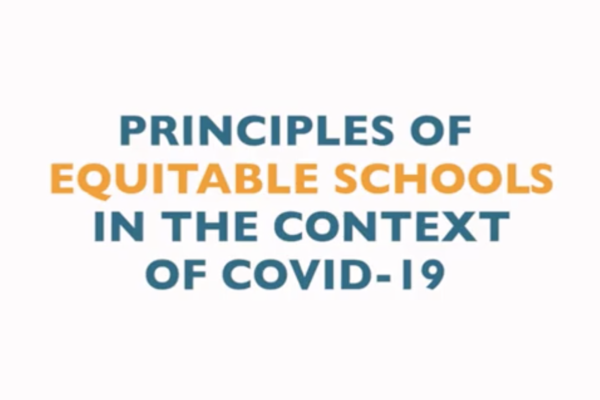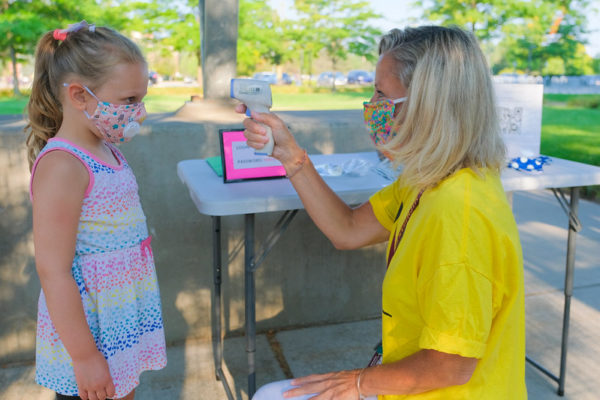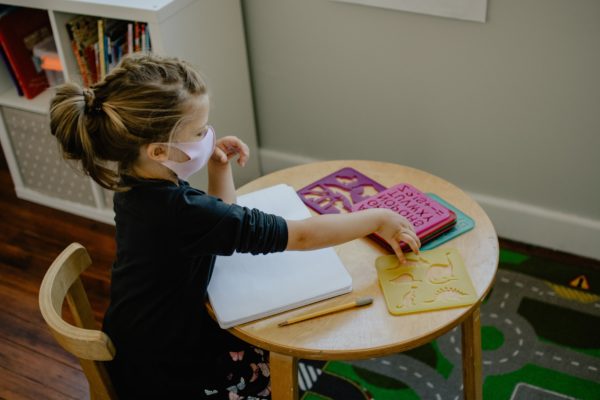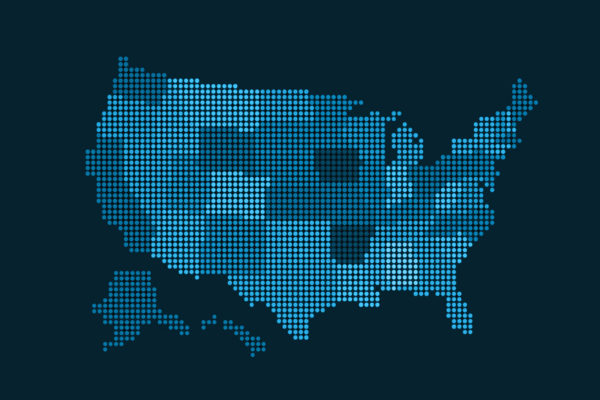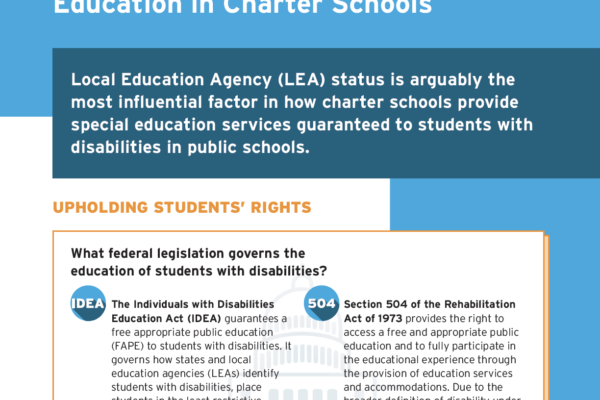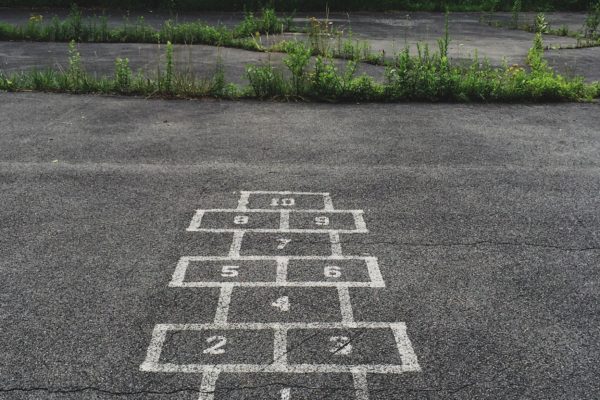Our latest publication, The Rising Tide that Lifts All Boats: Investing Stimulus Dollars with an Equity Focus, provides several specific strategies that districts, schools, and educators should consider to optimize the positive impact of stimulus dollars on students, especially those with disabilities.
The COVID-19 pandemic has posed unprecedented challenges to the entire education system, but students with disabilities have faced disproportionate impacts. In June, the Center’s Equity Coalition published the Principles of Equitable Schools in the Context of COVID-19, a set of guidelines for educators working to put equity at the forefront of decision-making. This fall, we caught up with three schools that are working hard to embody these principles: Digital Pioneers Academy in Washington, D.C.; Animo Legacy Charter Middle School in Los Angeles, CA; and Audeo Charter School in San Diego, CA.
The COVID-19 global health crisis has upended the continuity of learning for students with disabilities. Despite these ongoing challenges, the right to a free appropriate public education (FAPE) for students with disabilities remains in place. As schools shift to more distance learning, teams of educators are left to redesign what FAPE looks like when they cannot be physically present with their students. This guide offers a decision-making model that aims to balance individual student needs within a virtual learning context, as well as a range of exemplars showing how this model can be applied.
The members of the Equity Coalition believe that it is now more important than ever for schools to commit to permanently rejecting harsh exclusionary discipline practices for all students and especially for those with disabilities.
This interactive visual database includes data on enrollment, discipline, local educational agency (LEA) status, authorizer, and funding aimed at building understanding of the special education landscape and related trends across every state in the nation.
This page provides sources, methodology, and definitions for the Center’s interactive database, Trends in Special Education in Charter and Traditional Public Schools by U.S. State.
A charter school’s legal status as part of a larger local education agency (LEA) independent LEA affects the autonomy, funding, and programming of the school—and is essential to understanding what entity is responsible for educating students with disabilities. Nevertheless, LEA status can be confusing, especially since approaches vary by state and even by school. This infographic outlines the different approaches and their implications for students with disabilities.
Eight months after COVID-19 first shut down schools across the country, the state of education in the United States remains in flux. Students with disabilities, in particular, continue to be disproportionately impacted by school closures and lack of access to services. As cases tick upward once again, school leaders and administrators are likely to face tough decisions in the coming months. Despite the immense difficulty of the situation, we have identified several key strategies that will set school leaders up for success.
As the world determines how to handle the escalating outbreak of COVID-19, education leaders across the country are facing difficult and enormously impactful decisions. We hope this resource guide will assist educators and school practitioners in developing comprehensive plans for students with disabilities and creating effective and high-quality learning environments for all during this evolving national transition.
